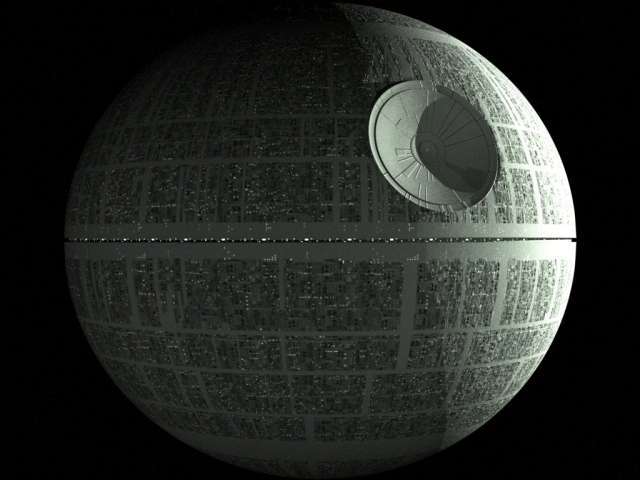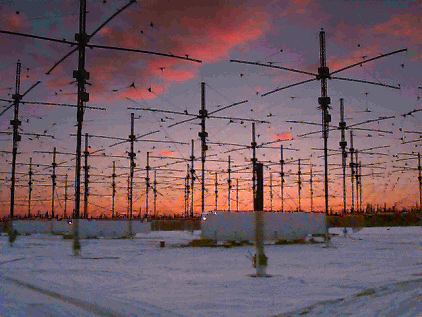Posts Tagged ‘Digital’
 BARTG Sprint 2010
BARTG Sprint 2010
Spent a few hours Saturday handing out QSO points on 20 and 40. No new ones for me, and I had a hard time working DX. Some weirdness with the K3 (see next post) has me scratching my increasingly balding head…
- QSOs: 65
- US States: 35
- VE Provinces: 3
- Total Mults: 23
- Total Continents: 3
- Score: 4,485 pts.
- 20m: 40 QSOs, 18 states, 4 provinces, 5 DX
- 40m: 25 QSOs, 15 states, 5 DX
 CQ 17m…
CQ 17m…

 PSKFest 2010
PSKFest 2010

- QSOs: 82
- US States: 32
- Can. Prov.: 2
- DXCC: 9
- Score: 3526
 RTTY Roundup 2010
RTTY Roundup 2010
 First contest of the year for me but was only able to put in 7 about hours on 40m (0244-0952 UTC) and logged 103 QSOs.
First contest of the year for me but was only able to put in 7 about hours on 40m (0244-0952 UTC) and logged 103 QSOs.
 LHS Episode #029: Evil Empires
LHS Episode #029: Evil Empires
 It occurs to me that having an episode discussing evil empires during a celebration- and holiday-filled time of year might be a bit ironic but that's just how things turned out.
It occurs to me that having an episode discussing evil empires during a celebration- and holiday-filled time of year might be a bit ironic but that's just how things turned out.
Thank you to everyone who has so generously donated to the podcast so that we might have a presence at the upcoming Dayton Hamvention in May, 2010. It was an idea spawned at Ohio Linux Fest in September, 2009 and we've come a long way since then. Every contribution helps and we hope you'll continue to support Linux in the HAM Shack in the future. We also hope to provide timely and essential information to amateur radio enthusiasts and computer users for a long time to come.
From our world to yours, have a Merry Christmas, Happy Hannukah, Joyous Saturnalia, or just a good ol' time--whatever your "thing" might be. We hope you enjoy our latest installment of the podcast, and please: Keep spreading the word. Every month our audience grows, and we predict world takeover by 2014. Well, maybe not, but we are talking about evil empires after all...
73 de Russ, K5TUX
 Waiting for Baudot
Waiting for Baudot
I just submitted my meager log from last weekend’s WAE RTTY test — just 45 QSOs and a whopping claimed score of 1,530. I only operated for a few morning hours (between 1125-1345 on Saturday and 1245-1700 on Sunday) in order to give DM780 a try at good ol’ fashioned 170/45 Baudot, a mode I haven’t worked since days of yore with the trusty old KAM and a terminal program. High time to give the new technologies a try, said I.
 LHS Episode #027: Where Are My Meds?
LHS Episode #027: Where Are My Meds?
 We have topped 40,000 downloads! Thanks go out to all of our listeners and live webcast attendees for making Linux in the HAM Shack as popular as it is. Give yourselves a huge round of applause. We're also well on our way to our donation goal of $750 so we can buy booth space and Internet access at the Dayton Hamvention in Dayton, Ohio, in May of 2010. Thank you for all of your donations. Please keep them coming as you're able to send them in!
We have topped 40,000 downloads! Thanks go out to all of our listeners and live webcast attendees for making Linux in the HAM Shack as popular as it is. Give yourselves a huge round of applause. We're also well on our way to our donation goal of $750 so we can buy booth space and Internet access at the Dayton Hamvention in Dayton, Ohio, in May of 2010. Thank you for all of your donations. Please keep them coming as you're able to send them in!
In this episode, we address listener feedback and comments, and then in a burst of inspiration invite listeners from the chat room to come onto the program for a lively and very fun roundtable discussion. Topics were varied, from portable antenna design, to life without Red Bull; from the HAARP VLF array in Alaska to D-STAR, PACTOR and other digital ham radio communication modes. And since I was on meds and Richard was off his, things got a little crazy towards the end.
We hope you enjoy this episode of Linux in the HAM Shack. Please leave us comments or questions on the web site or via voice mail at 888-455-0305. And send your best wishes to Bill, KA9WKA, who has taken on the responsibility of getting LHS's show notes out in a timely fashion. Thanks, Bill. You're a lifesaver!
73 de Russ, K5TUX














